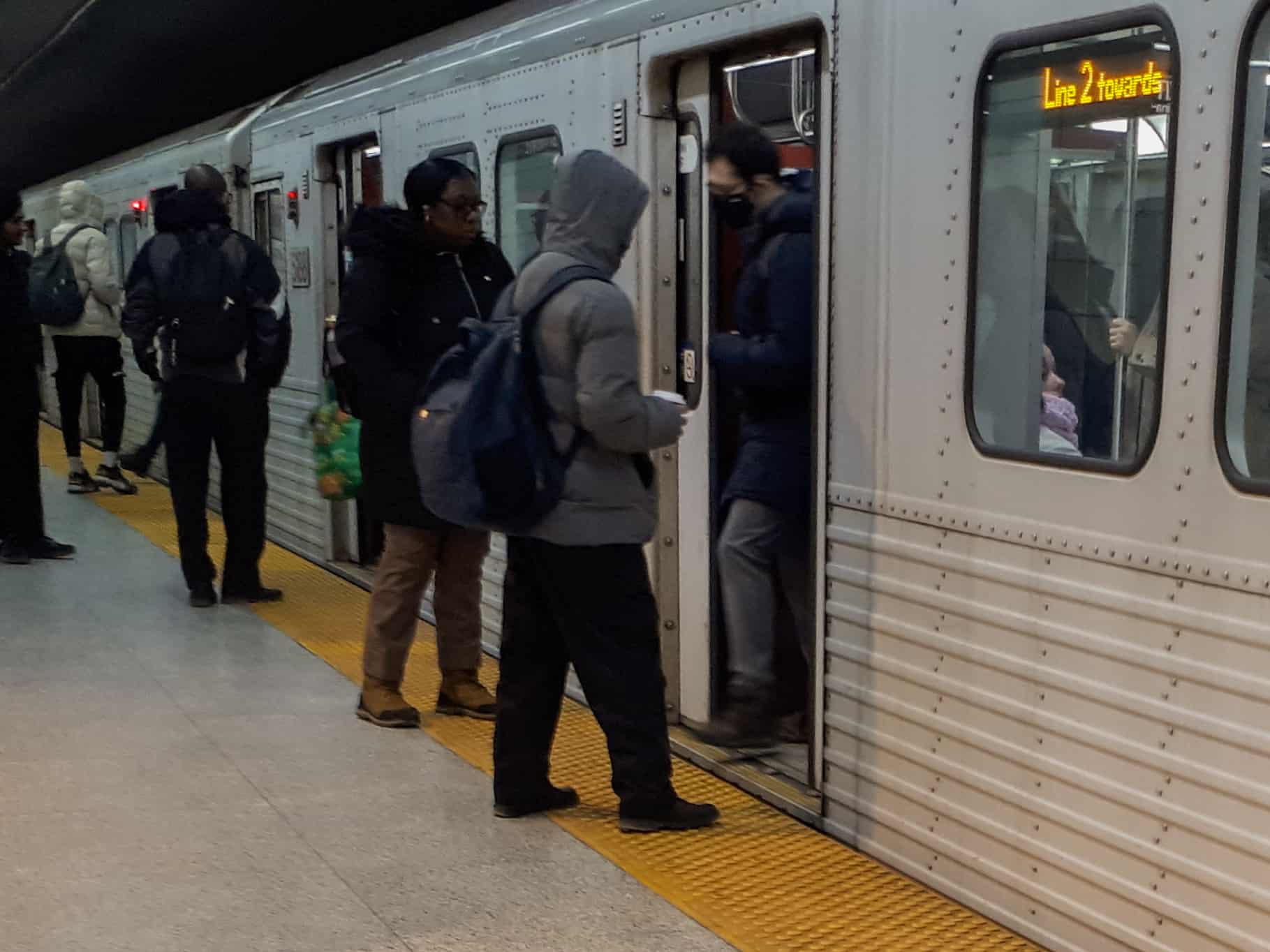Content warning: This article contains mentions of sexual assault and discusses violence.
The running joke these days seems to be that Toronto has turned into Gotham City. The sense of unease interwoven in the Batman reference is palpable, permeating the environment like a thick, invisible fog.
The city has recently seen a slew of excessively violent incidents transpire on the Toronto Transit Commission (TTC) vehicles and stations. In the past two months alone, news of a woman’s face being slashed, the stabbing of a 16 year old and an attack against a first-year U of T student have all triggered strong emotional responses from the public. In late January, Nanos Research for CTV conducted a survey in response to the violence and found that 71 per cent of Ontario public transit users feel less safe than they did last year.
The ongoing public safety crisis has revealed the inevitable human cost of a deeply fragmented system. The violence we are observing represents more than just a lack of adequate security mechanisms on public transportation.
Lurking under it are the interminably skyrocketing costs of living, the pathetically meager mental health and social support resources, the shortage of shelter spaces and the surface-level application of a policing approach to multifaceted social problems. That the role of the police has always been to respond to crime, not necessarily to deter it, offers me little hope that a bloated TPS budget of $1.16 billion will be the gateway to peace and public order.
Naturally, this is not a problem U of T can solve alone. Outside of campus territory, the institution can only do so much to protect its students from such situations where their safety might be compromised.
Nonetheless, its response to recent events has left much to be desired, particularly for its community members who are especially vulnerable in dangerous situations. In the wake of one female and racialized U of T student already having been victimized, the university must evaluate how rigid in-person course delivery policies can increase the number of lives that are endangered.
Words of support, yet deafening silence
In late January, an email penned by the provost and addressed to U of T students, faculty, and staff addressed the recent series of violent incidents occurring on Toronto’s public transportation. The statement linked to various campus and external resources available to community members impacted by emergency situations.
The university’s acknowledgement of the gravity of the situation was an important and welcomed development amid heightening fears. And yet, the message was consolatory and informative at best, and passively complicit at worst.
While the email claimed that U of T was “always working to enhance supports for faculty, librarians, staff, and student safety and well-being,” how exactly it would go about doing so was not explicitly outlined.
Going forward, it seemed ambiguous how the institution — whose main campus resides in the heart of downtown Toronto where several of these incidents have taken place — would be tightening safety measures for its community. The chapter on the assaulted first-year architecture student had closed, and classes would go on as usual without further discussion. All who faced similar situations in the future were to themselves reach out to the university’s ample resources.
The question of what would become of students who cannot afford to wait for the next TTC attack to turn to the university for help remained woefully unanswered.
Not all equally vulnerable
In 2021, 55 per cent of U of T’s total student population of 97,066 identified as women. International students amounted to 22,203 individuals, an overwhelming majority of them visibly racialized. Today, over 2,000 students with disabilities are registered with the university, the number of students occupying homeless shelters has risen, and trans and nonbinary students have a significant presence in the community.
What ties the aforementioned demographics together is their disproportionate susceptibility to random acts of violence. Last June, two viral TikTok videos prompted many Toronto women to share their distressing experiences of assault in TTC-owned spaces.
@kat1981 #stitch with @flourchildto #ttc #toronto #misogony ♬ original sound – Kat
Coupled with Canada’s rates of police-reported sexual assault reaching their highest since 1996, it is irrefutable that the stakes for women, alongside other visible minorities, are high when they exist in public spaces. More often than not, these ongoing security incidents are bound to have basis in either gender, race, or class.
U of T may not be able to keep its vulnerable students from harm, but it can certainly equip them with the ability to prioritize their safety should they personally feel they must do so. Remote delivery of courses had once been enforced when lives were at risk during the pandemic. There should be no reason as to why it cannot, at the very least, be offered as an option for those who have been spending their recent commutes racked with tension.
One might argue that remote options are not a sustainable long-term solution to random TTC attacks. But neither is dispatching an additional 80 police officers across the city as the infrastructure around us and life as we know it continue to indefinitely collapse.
Offering remote access must necessarily be paired with greater — and more transparent — investment in the university’s social support services, as well as an expansion of its supply of student and faculty housing. For now, however, it is essential that U of T sends a stronger and more humane message to those who have the most to lose from inflexible course formats — namely, that one shouldn’t have to choose between their life and their education five days a week.
Noshin Talukdar is a fourth-year student at Victoria College. She is the equity columnist for The Varsity’s comment section.


